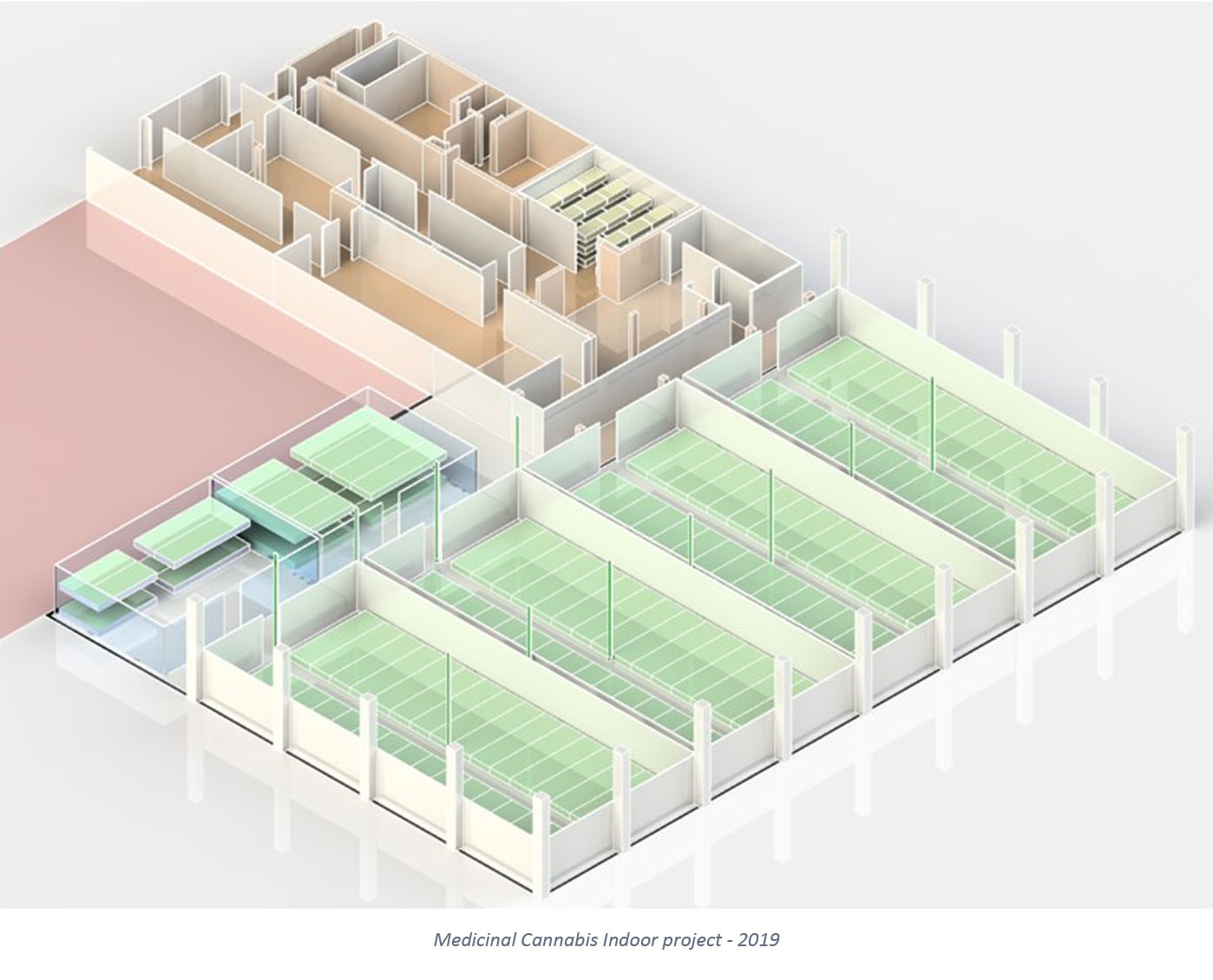
Another way of calling it would be closed loop or open loop grow rooms.
A sealed room (closed loop) has a minimum amount of air being exchanged with the exterior meaning that the air located inside the grow room is constantly being re-conditioned to your desired environmental conditions. Since the air is not being replaced and plants need to consume CO2to grow and perform photosynthesis, the air inside will eventually be depleted of this essential gas. Although this means you will have to supplement CO2 to reach at least outside levels it also means that you could raise it a lot higher than it would be possible if working with an open loop. Since in a closed loop you can rest assured you are not releasing CO2 to the exterior meaning you are not polluting nor losing this precious gas. And the best part is that plants love it! and if you have the remaining variables in optimal levels, you can be sure you will see enormous growth. The first con of this method is a higher investment in equipment ( mainly AC and dehumidifiers, but also the sealed room itself). Depending on your location and climate a higher operational cost can also be a possible disadvantage, in the case you’re not able to use the exterior conditions to get the so called free-cooling, (pushing cooler air from outside,if available, and mixing it indoors to lower the high temperatures caused by the grow lights).
In open loop rooms exterior air is constantly being pushed inside the room to either cool it or dehumidify. This may seem like the best option, but you will be limited by your exterior conditions and hoping they are perfectly suited to your needs. Of course this will rarely be the case (although you can apply some strategies to improve your results with this method like using the grow lights during the night ) so you will probably end up having to condition the outside air which may still represent some savings compared to closed loop but it also may not. Temperature and humidity work together and you can’t have both at ideal levels all the time, which may mean you will have to have a dehumidifier or humidifier (besides the temperature control). When working with this type of system the most common strategy in commercial scale is to use an AHU (air handling unit) which is basically a gigantic air conditioning unit that will constantly treat the air by pushing it through filters, coils and ducts. The return air can either go through a heat exchanger (to use some of its stored energy to condition the new air) or simply be discarded. This topic about AHU’s could give us a lot to write about but this is the basics.
So why filters ? Because in CEA we work with the best conditions for plant growth, which also means the best conditions for other undesired life forms such as bacterias, fungus and insects to also thrive if not kept in check. Which is exactly why the air filters are required in open loop grow rooms. Although mostly related to cannabis production but perhaps other crops too, there is also the risk of pollen entering the room and turning your flowers into seeds (only a very very tiny amount of pollen is required to ruin the whole crop and turning it into an unmarketable product. While it seems a simple solution to just use a bunch of filters to keep this unwanted contaminant out, it comes at the cost of having to use larger fans to have enough strength to push the air through the filters and also some more maintenance costs in replacing or cleaning them before they get clogged.
This definitely represents a con for open loop and a pro for closed loop rooms. Still closed rooms are not immune to these pests and contaminants, but they are somehow easier to manage since the most significant thing being exchanged with the exterior are human workers, so special attention must be paid to be sure you are not bringing them with you!Both options have their pros and cons. So a grow room with both capabilities will probably represent the lowest operational costs even though you will require more equipment than any of the options separately!
